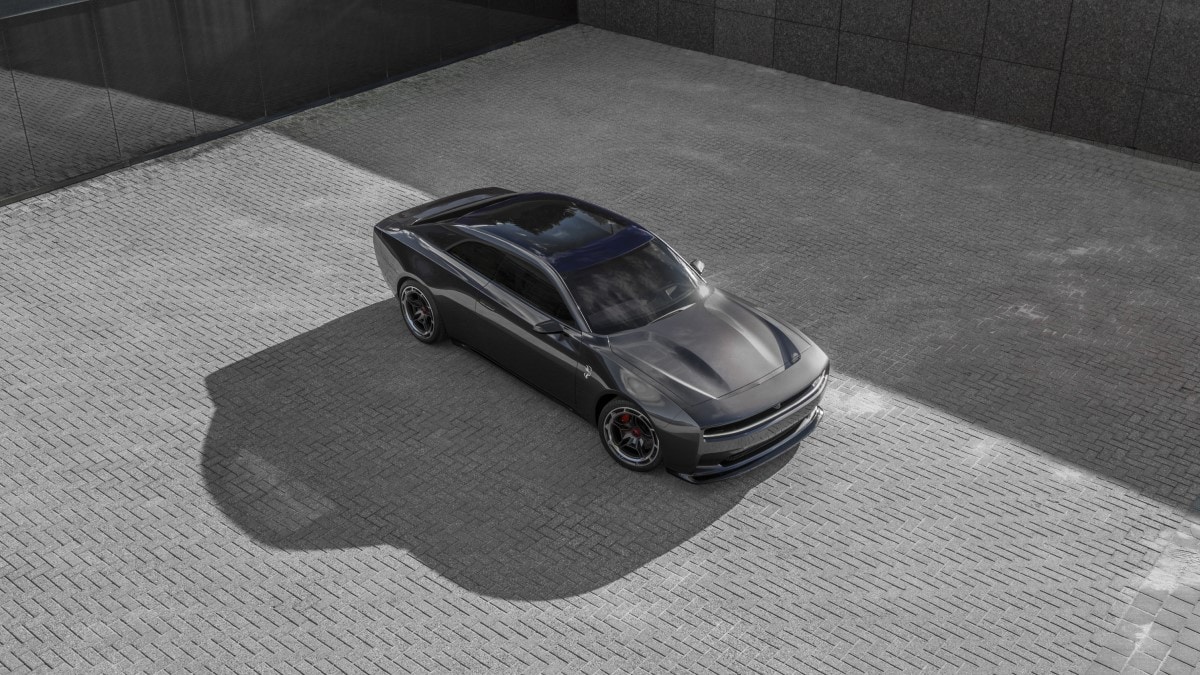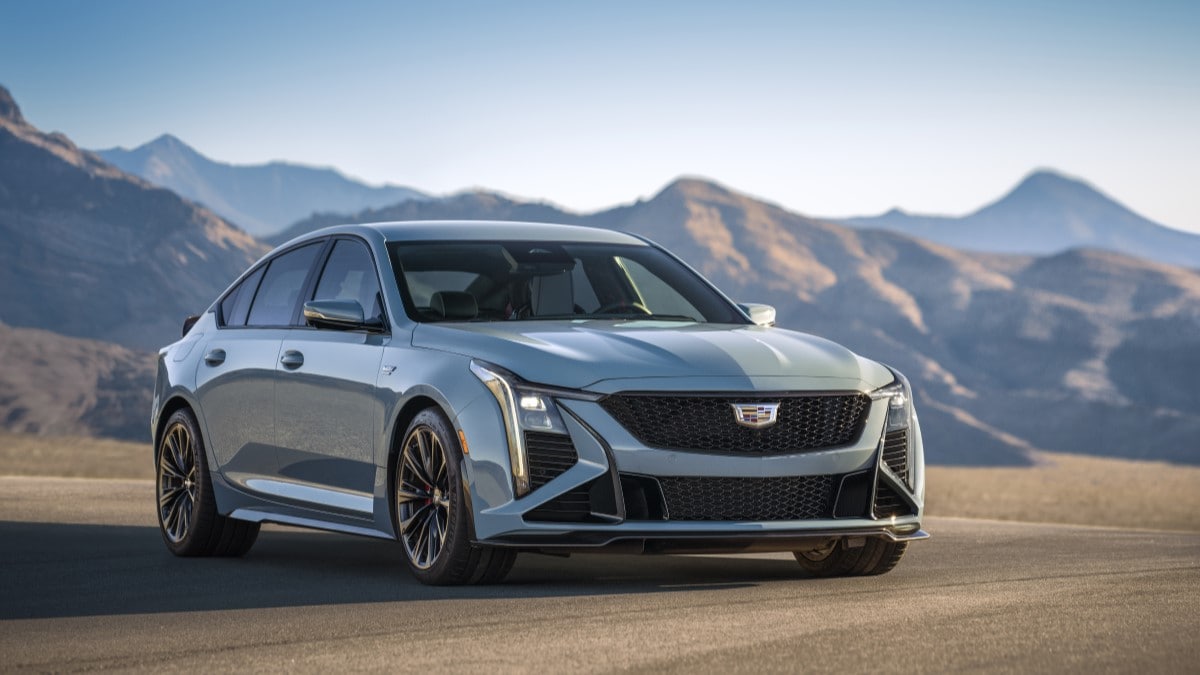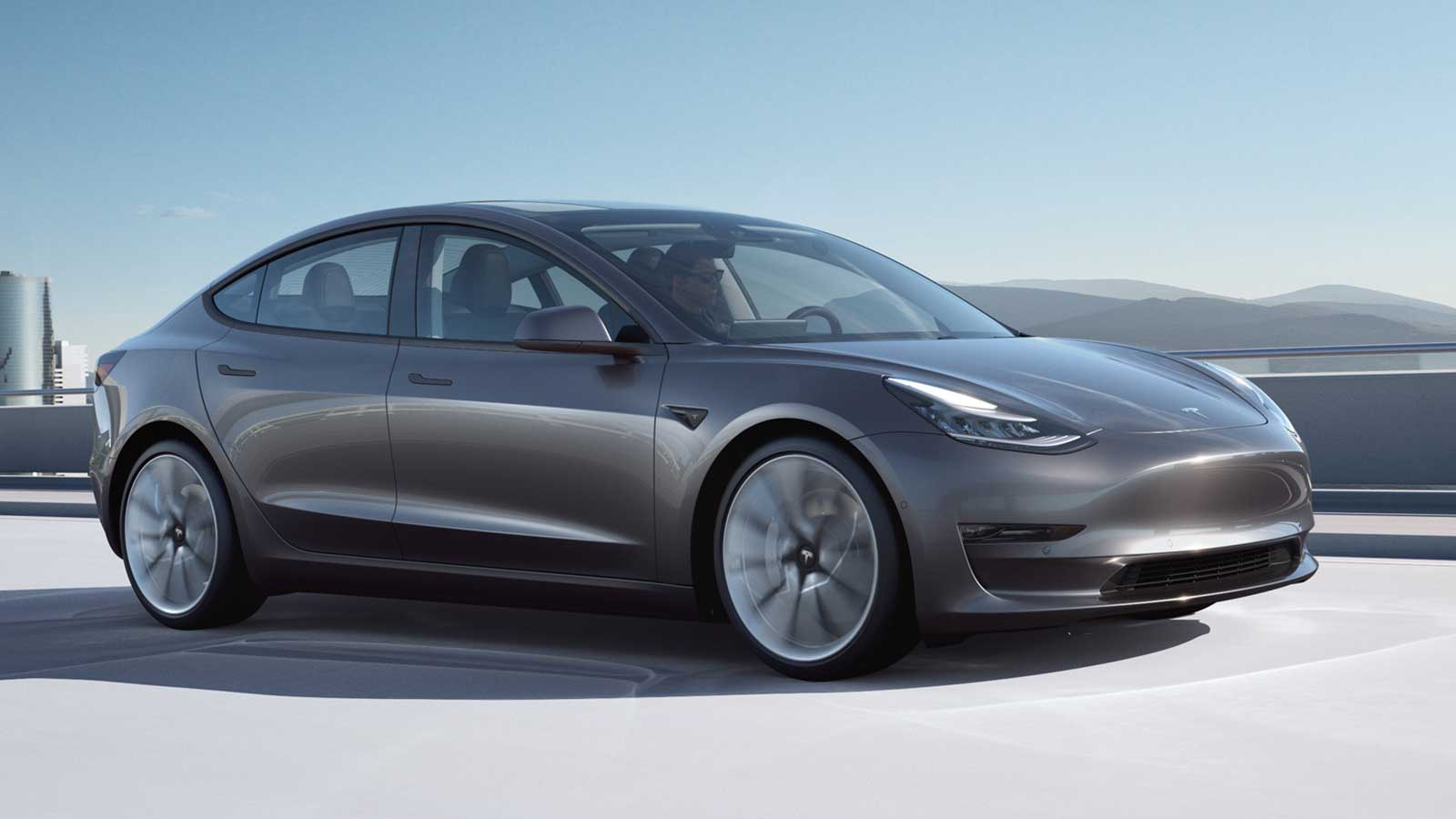We’ll lose some things in the electric car era — things some of us love.
The glorious, throaty rumble of a V8? Gone. Electric vehicles (EVs) are so quiet that designers invent fake noises for them to make so pedestrians know an EV is coming.
The exponential buildup of acceleration unique to a gasoline engine? The way it builds to a crescendo, slow, then faster, then nerve-wrackingly quickly? Gone. EVs are quicker because they have no torque curve. All of their power is available all of the time. They go from 0% to 100% in a thousandth of a second.
The way a steering wheel and a shifter vibrate in your hands as the car roars to life? Gone.
EVs promise a lot of fun, bringing supercar-quick acceleration to family cars and democratizing power as even affordable models can offer Lamborghini quickness. But a powerful EV will feel different than a powerful internal combustion car. There’s no way around that.
Unless there is.
Dodge Has a Big Bet on the Table
Dodge is perhaps the automotive brand with the most on the line in a worldwide switch to EVs. The brand has built its name on the roar and rumble of V8-powered muscle cars. But it’s going electric like the rest of them.
So, Dodge designers are working to bring the charms of gasoline power into the EV era.
Their showcase will be the 2025 Dodge Charger Daytona — what Dodge calls the first “electric muscle car.”
It uses air pumped through resonating pipes, like a church organ, to produce a snarl as loud as a Hemi in anger. Someday, it may shake like it has one, too.
Computer-Generated Body Shake
The news comes from Mopar Insiders, which found a patent application Dodge filed last year. The paperwork, if approved, would give Dodge a patent on a vibration system meant to mimic the effects of a car straining to contain the power of a big engine.
The system would generate vibrations in the car in response to acceleration and turning. It wouldn’t just vibrate the steering wheel like a controller in a racing video game. It would, Dodge says, “generate vibrations into the vehicle body.” Devices in the seat and steering wheel would help transmit the effect to the driver’s body.
A New Kind of Muscle Car? Or a Simulator?
Will it convincingly replicate the rattle of a Challenger near its limit? We can’t know without experiencing it.
We can’t even be sure Dodge will ultimately build the shaker system. Automakers often patent ideas they never use. Ask Ford about the self-repossessing car or Tesla about the laser windshield cleaner.
The car shaker is, for now, just an idea.
But it speaks to the unique challenge of selling EVs to enthusiasts.
Some automakers have embraced the sci-fi nature of electric cars — like BMW, which hired a Grammy-winning Hollywood soundtrack artist to create the sounds its EVs make.
But Dodge sees itself differently. More to the point, Dodge owners see themselves differently. They may be a tougher crowd to please for an EV salesperson. Computer-generated sensory experiences risk making the electric muscle car feel like a muscle car simulator.
But if Dodge can make it work, that could still be fun to drive.





